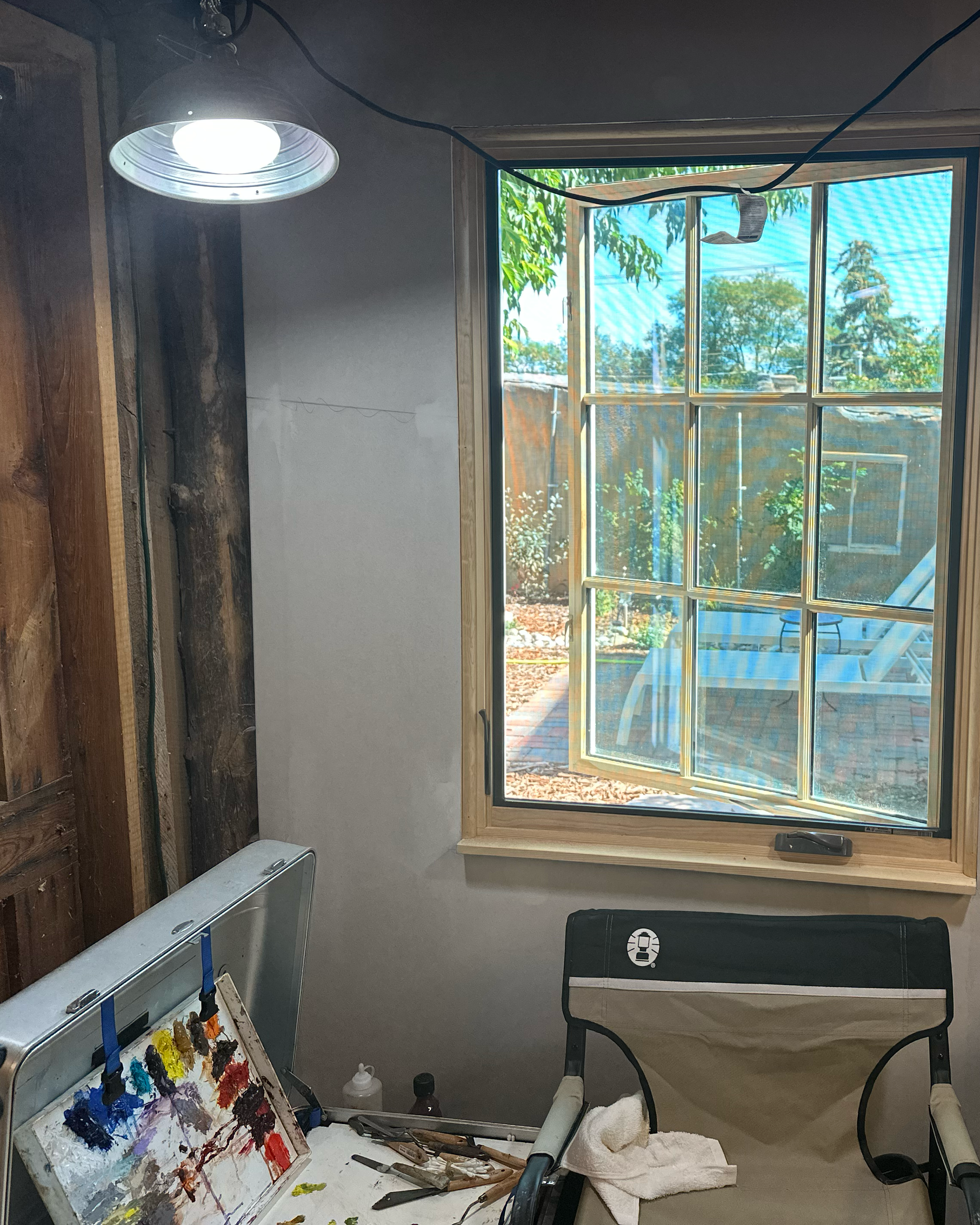A Lifelong Journey of Art & Mastery
There is no greater burden than potential. This is a perfect statement to describe my approach to art.
As a child, my ability to draw, color and to paint was something that was recognized early, first by my parents, then my teachers. I enjoyed the recognition and appreciation that I received from family and friends when creating art and ultimately when gifting it. There was a deep love in this exchange. There is also a deeply embedded desire in me to improve, to push my work and refine what I hold in my mind’s eye. In this refinement resides the burden.
All art starts with a thought. And that thought requires translation through movement, materials and conscious desire to create what is beauty. As I become more proficient in picture making, I came to realize that there is no greater decision-rich activity than painting. Decisions about composition, placement of shapes, color, contrast, edges and values to name a few. All these elements come into consideration. These decisions are designed to capture and hold the observers eye. To lead them through a painting,that if done correctly is a beautiful movie distilled in one frame. The abstract artist, Wassily Kandinsky, most brilliantly demonstrated this gift of capture and reveal.
I cannot become attached to a work in progress. Each piece must be seen as an experiment, a study to be learned from and understood. To violate this principal encourages tentativeness in the work, inviting a lack of vitality. As a painting evolves, it is difficult to remain detached. In each session, I remind myself of my desire to understand and my willingness to undo all the previous work if necessary. And for me this remoteness is also a burden, a challenge to my natural tendency to relate and connect to things dear to me.
If a reader were to ask, "Why do you paint?" I would reply, "Because I can." This isn't a boast, but rather an expression of deep appreciation, humility, and gratitude. As a child, I loved working with pencils, crayons, and watercolors—I was always a “Maker.” I would collect discarded items, like a scavenger, and turn them into something new.
At five, I gathered old, dog-eared fencing and, with hammer and nails, transformed it into bi-planes, aircraft carriers, and other fun objects to attach to my wagon or flex flyer. By 15, I was dissecting D batteries to extract the carbon rods and create a carbon arc. Google it, and you'll understand my parents' reaction when I first showed them.
This need to create is ingrained in me. Unlike the discarded objects I claimed as my own, in art, I was always first in line—first to imagine what something could become, first to choose my tools, first to discover the beauty I could one day create. Pencils were great for drawing, but lacking in color. Chalk was vibrant, but its impermanence, washed away by rain or trampled underfoot, had its limitations. Despite my efforts, watercolors never achieved the depth or richness I sought.
Then, at 12, I was given my first set of student-grade oil paints and brushes, and everything changed. I could create textures, deep colors, and enduring designs. That same year, I became the youngest student—by decades—in a community center oil painting class. It was my first introduction to an artist community, and I loved it. The instructor watched over me, as did every other student.
It is this lifelong love of creating, the thrill of being first in line to use a medium with limitless potential, and the wonderful community of fellow artists that draws me into the studio each day.
And to my good fortune, I do not endeavor alone. I have been blessed with many excellent teachers and two mentors who managed my development over 16 years. Without this rich community, I would have faltered. It has open doors and seen me through hard times.
And like the child that still resides within, there is a deep love in the exchange of art. Which is why…
Art is timeless joy.
